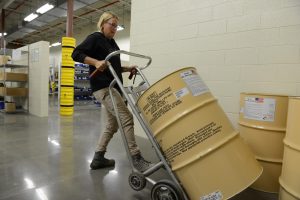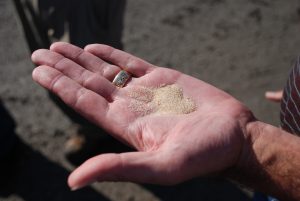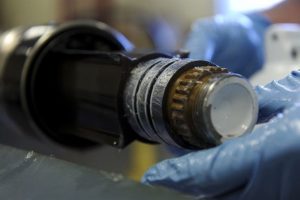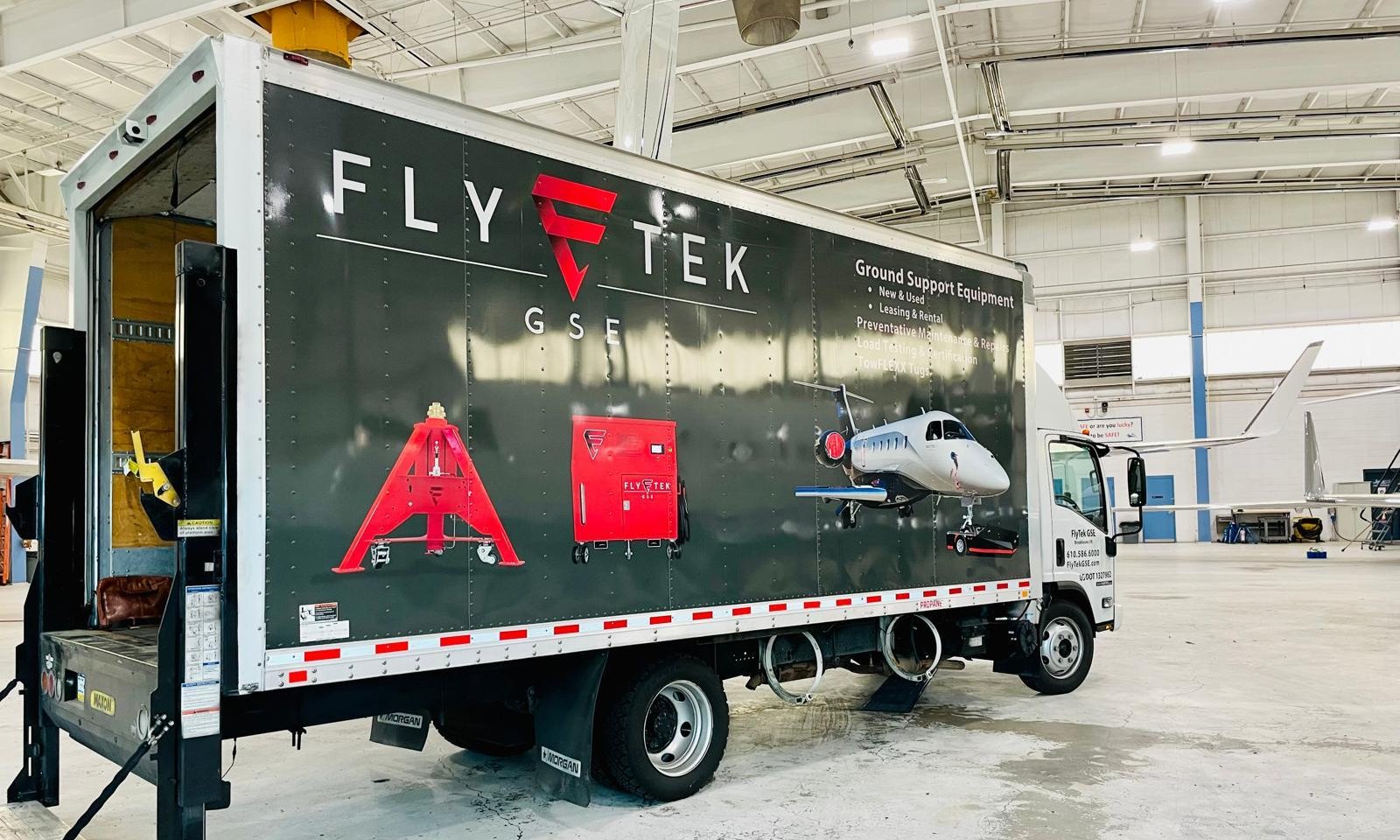Hydraulic fluid contamination is a major issue in the aviation industry, and is believed to be responsible for up to 75 percent of all hydraulic system failures. To effectively prevent contamination of hydraulic systems in ground support equipment (GSE), hydraulic power units (HPU’s), and aircraft – as well as the expensive damage contamination causes – it is vital to have a thorough understanding of the different sources of hydraulic fluid contamination.
Contamination During Hydraulic Fluid Production and Storage
It is surprisingly easy for contaminants to find their way into hydraulic fluids during the fluid production process. Refineries and mixers have very little control over how the fluid is stored. That is why it is so important that fresh hydraulic fluid be filtered before it is placed into any ground support equipment.
Another means of contamination during storage involves moisture. Moisture can access waterproof containers through a process called “breathing.” Breathing takes place when a container is exposed to widely varying temperatures. The effects of breathing can be minimized when hydraulic fluids are stored in a temperature-controlled environment with containers placed on their sides to prevent moisture build-up at the top of the container.
Hydraulic Fluid Contamination Through Handling and Transfer
When hydraulic fluids are handled and transferred, they are exposed to the open atmosphere and very susceptible to contamination. Containers that are left open to the atmosphere can not only cause the hydraulic fluid to be contaminated by moisture, but particles in the environment can enter as well.
Containers of hydraulic fluid should be handled carefully and should never be opened in an area that is not relatively clean. Fluids, especially when sealed in drums, should be kept in an environment with a consistent temperature to minimize the chances of contamination by breathing. Lids should be checked for tightness and never left off needlessly. Remember that some hydraulic fluids can absorb moisture simply through exposure to air.
Hydraulic fluid contamination can occur when fluid is replaced without flushing the system first. Different types of hydraulic fluid should never be mixed, and if a different type is needed, the system must be flushed thoroughly before the new liquid is added. Combining different fluids can result in harm to the system since additives and chemicals are not always compatible with each other.
Because hydraulic fluid is easily contaminated during its production and handling, it is vital that it is filtered before it is added to a system. Specialists agree that even fresh hydraulic fluid is not considered clean enough for modern hydraulic systems, including those in ground support equipment.
Built-in Hydraulic Fluid Contamination
When the components of a hydraulic system are being manufactured and/or assembled, built-in contamination is a common phenomenon. This type of contamination can take many different forms: tiny sand particles that cling to cast parts, fibers from cleaning rags, a small chunk of welding slag, slivers of metal that came loose during assembly, or a tiny remnant of Teflon tape, just to name a few. Not much can be done about built-in contamination, but its effects can be mitigated through the proper use of filters and regular flushing of old hydraulic fluid before new fluid is added.
Fluid Contamination During Operation and Maintenance of Ground Support Equipment
During operation of GSE hydraulic systems, contaminants will be ingested or generated. This occurs during day-to-day operations, and sometimes there simply is not much that can be done to prevent its occurrence. An excellent example of this type of contamination is moisture, which can wreak havoc in hydraulic fluid. The most common means of preventing the ingestion of contamination during operation include vacuum reservoirs, breather filters, and vacuum breakers.
Any time a closed hydraulic system is going to be opened, care should be taken that hoses and fittings are kept clean and away from debris. Lint-free rags should be used, and the surfaces where repairs take place should be kept as clean as possible. Remember that air can be a major problem for certain hydraulic systems, causing issues such as pressure changes and excessive heat.
Contamination can also make its way into the system during operation through hydraulic cylinder rods used on ground support equipment. Even the best seals do not provide 100% protection from the outside environment, and particulate matter can ride into the system on the cylinder rods. Internally generated contamination usually consists of small pieces from interior components that remain flowing through the system until they are removed. They can do a tremendous amount of damage and their presence results in what is known as a “wear regeneration cycle.” Fortunately, the proper use and maintenance of filters can trap this type of contamination and prevent it from flowing freely through the system.
Trust Flytek for All Your GSE Maintenance Needs
At Flytek, we provide maintenance and repair services that keep your hydraulic systems as clean as possible through advanced filtering, fluid sampling and analysis, filter installation, and much more. Contact us today to find out what we can do to keep your hydraulic power units and ground support equipment running as efficiently as possible.








